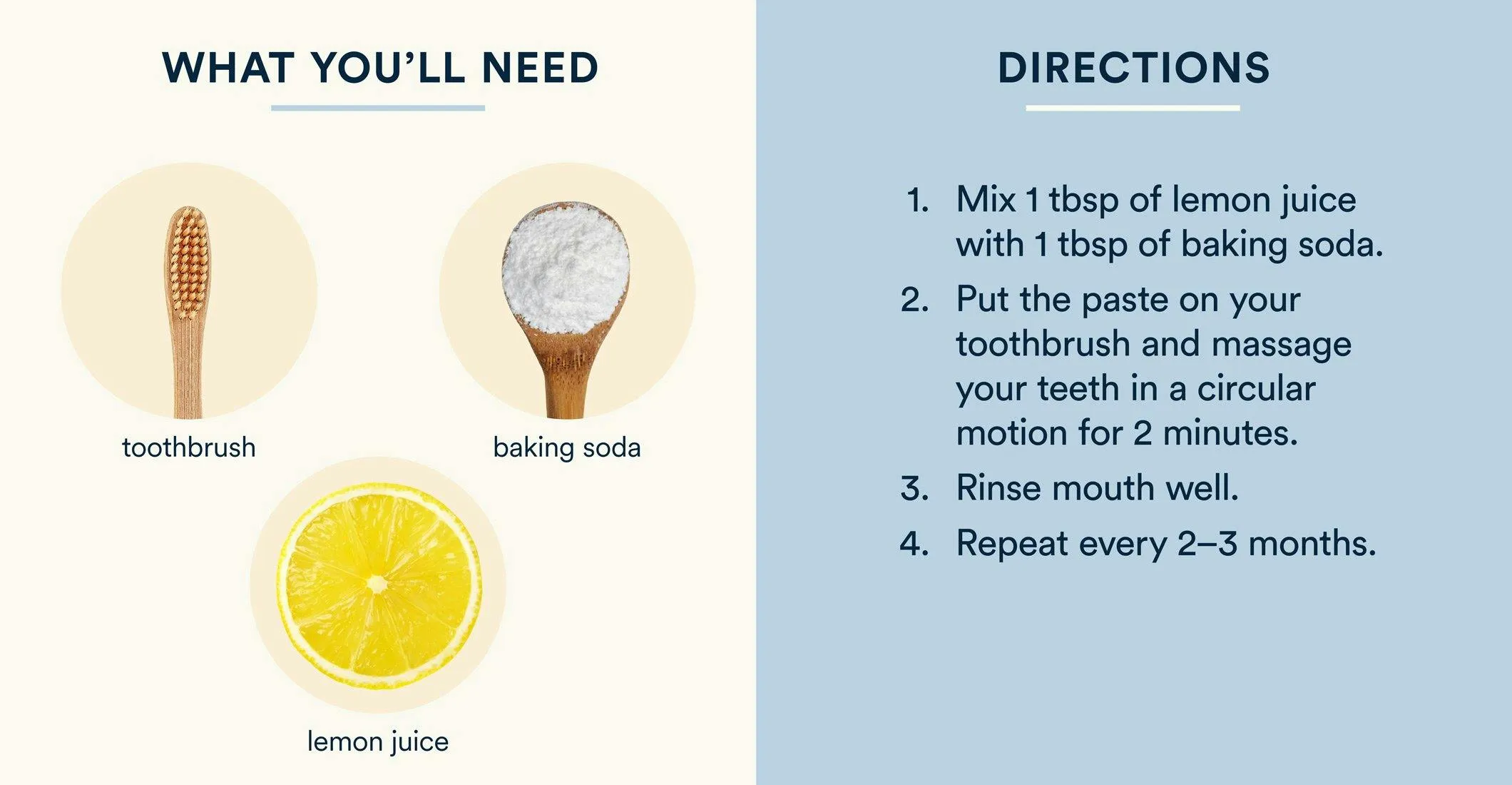What is Baking Soda & Lemon Teeth Whitening
Teeth whitening using baking soda and lemon juice is a popular home remedy that aims to brighten teeth and remove stains. This DIY approach combines the abrasive properties of baking soda with the acidity of lemon juice, creating a mixture that some believe can effectively lift discoloration from tooth surfaces. However, it’s crucial to approach this method with caution, as the ingredients can potentially harm your teeth if not used properly. Understanding the benefits, risks, and proper techniques is essential before trying this teeth whitening method at home. This article delves into the effectiveness, safety, and best practices of using baking soda and lemon juice for teeth whitening, empowering you to make informed decisions about your oral health.
Baking Soda and Lemon Benefits for Teeth
Baking soda and lemon juice, when combined, are believed to offer certain benefits for teeth whitening. Baking soda acts as a mild abrasive, helping to scrub away surface stains caused by coffee, tea, and other staining agents. Lemon juice, due to its acidity, has natural bleaching properties that can further contribute to the removal of stains and brighten teeth. While these ingredients may offer some aesthetic improvements, it is very important to use with caution. The perceived benefits should be weighed against the potential risks, as the long-term effects of this combination on dental health are still debated among dental professionals. The effectiveness can vary from person to person, depending on factors such as the type and severity of stains and individual tooth sensitivity.
The Whitening Power of Baking Soda
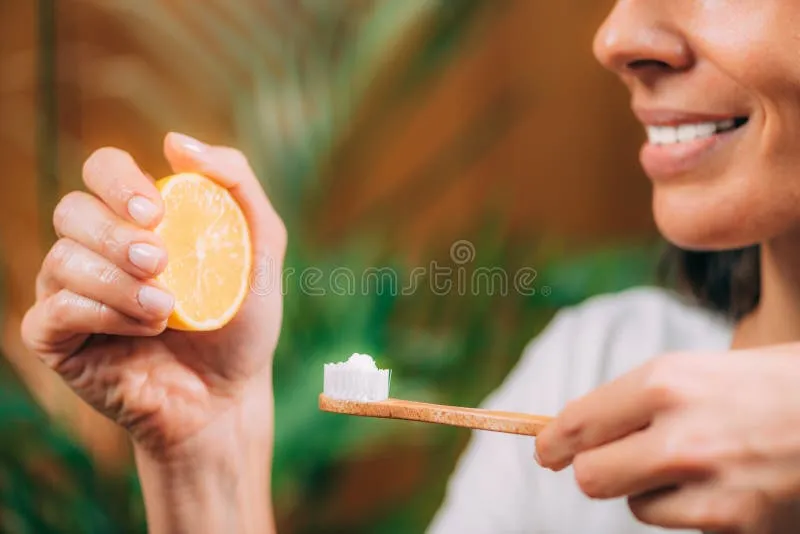
Baking soda, or sodium bicarbonate, is a mild abrasive that can help to remove surface stains from teeth. Its slightly gritty texture can help to dislodge and scrub away particles that cause discoloration. This action can make teeth appear brighter by removing stains from coffee, tea, and other foods and drinks. The effectiveness of baking soda in teeth whitening is often related to its ability to gently polish the tooth surface. However, it’s essential to use baking soda carefully. Excessive or overly aggressive brushing can erode the enamel, leading to increased sensitivity and a higher risk of dental problems. When used correctly and sparingly, baking soda can be a useful component in a teeth-whitening routine. It is typically recommended to use it in very small amounts and in combination with other ingredients, such as water or lemon juice, to minimize potential risks.
How Baking Soda Works on Stains
Baking soda works on stains through a combination of mechanical action and mild chemical reactions. The fine particles in baking soda act as a gentle abrasive, which helps to scrub away surface stains. This physical removal of stain particles is the primary mechanism by which baking soda contributes to teeth whitening. Baking soda also has a slightly alkaline pH, which can help to neutralize acids in the mouth. These acids can contribute to enamel erosion and stain formation. The abrasive action of baking soda helps to disrupt and remove the stained layer, revealing a cleaner tooth surface underneath. However, the effectiveness of baking soda is limited to surface stains, and it does not change the natural color of the teeth. It’s also important to note that baking soda does not provide the same whitening power as professional treatments or more potent over-the-counter products.
The Whitening Power of Lemon Juice
Lemon juice contains citric acid, a natural bleaching agent that can help to lighten teeth. This acidity breaks down and dissolves the stains on the enamel. The acidic nature of lemon juice is what gives it its stain-removing properties. However, the same acidity that whitens teeth can also erode the enamel over time. This is because the acid can break down the minerals in the enamel, making the teeth more susceptible to sensitivity, decay, and further staining. Regular or prolonged use of lemon juice on teeth can result in significant enamel erosion, compromising the teeth’s structural integrity. As a result, lemon juice should be used sparingly, if at all, for teeth whitening, and it is essential to be aware of the potential risks before incorporating it into your oral hygiene routine. It is generally not recommended to use lemon juice directly on teeth for extended periods.
How Lemon Juice Works on Stains
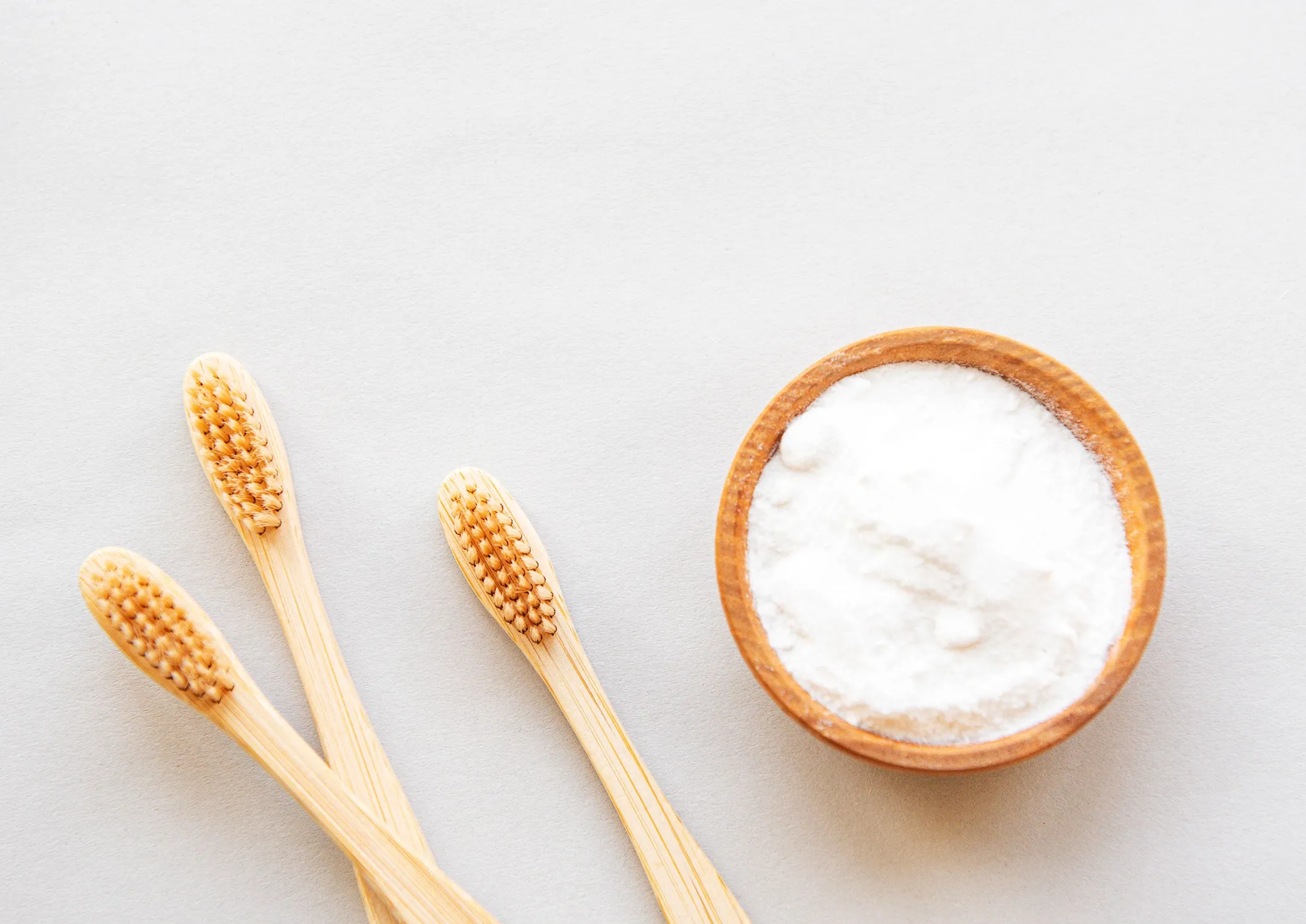
Lemon juice works on stains by utilizing the chemical properties of its citric acid content. Citric acid has the ability to break down and dissolve the compounds that cause stains on teeth. This process can help remove surface discoloration from coffee, tea, and other sources. However, the acidity of lemon juice also presents risks to dental health. The acid can erode the enamel, which is the protective outer layer of the teeth. This erosion can make teeth more sensitive to hot and cold temperatures. The process can also increase the risk of cavities. For this reason, it is very important to be cautious when using lemon juice for teeth whitening. The effectiveness of lemon juice is limited to surface stains, and it does not provide the same degree of whitening as professional treatments. If using lemon juice, it should be done very sparingly, with careful attention to dental health to mitigate the risk of enamel erosion.
Potential Risks of Baking Soda & Lemon
While baking soda and lemon juice can offer some teeth-whitening effects, they also come with potential risks that should be carefully considered. The abrasive nature of baking soda and the acidity of lemon juice can both harm your teeth if not used with caution. Overuse or improper techniques can lead to enamel erosion, increased sensitivity, and other dental problems. Before trying this DIY method, it’s crucial to understand the potential dangers and how to minimize them. Consulting with a dentist before using baking soda and lemon juice for teeth whitening is always a good idea. Dentists can assess your specific oral health and provide personalized guidance to avoid any adverse effects. This proactive approach can help you enjoy a brighter smile while maintaining the health of your teeth.
Damage to Enamel
The primary risk associated with using baking soda and lemon juice for teeth whitening is enamel damage. Enamel is the hard, protective outer layer of the teeth that shields them from decay and sensitivity. Baking soda’s abrasive qualities, when used excessively or with too much force, can wear away the enamel over time. Lemon juice, being highly acidic, further exacerbates this risk by eroding the enamel. As the enamel wears away, the underlying dentin becomes exposed. Dentin is more porous and sensitive than enamel, leading to increased sensitivity to hot and cold foods and drinks. Enamel erosion is irreversible, which means that once the enamel is damaged, it cannot be naturally restored. This can increase your risk of cavities and other dental problems. The long-term effects of enamel damage include increased susceptibility to stains and discoloration. If you experience any signs of enamel erosion, such as increased sensitivity or changes in tooth appearance, consult with your dentist immediately.
Gum Irritation
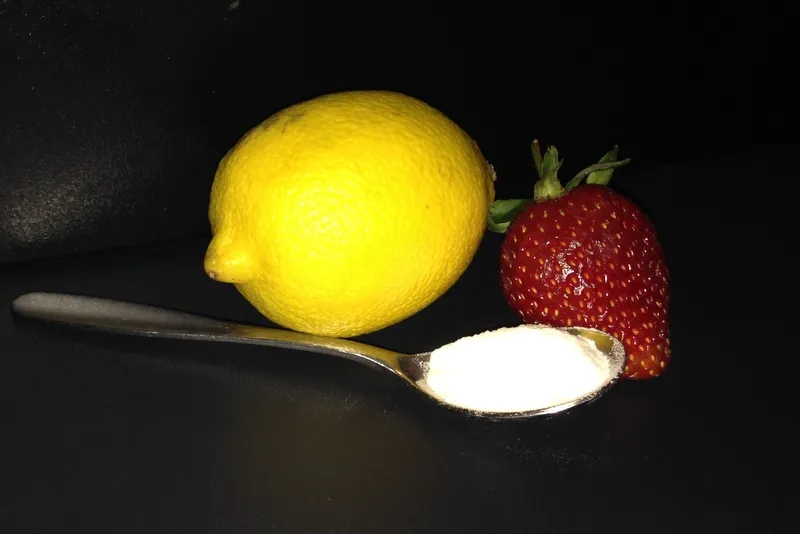
Another potential risk of using baking soda and lemon juice is gum irritation. Both baking soda and lemon juice can be harsh on the soft tissues of the mouth, which can lead to inflammation and discomfort. The abrasive nature of baking soda can irritate the gums, especially if you brush too vigorously. Lemon juice, with its high acidity, can cause chemical burns or irritation. The symptoms of gum irritation include redness, swelling, and soreness. In some cases, the gums may bleed. If you have sensitive gums or any existing gum problems, using baking soda and lemon juice may worsen your condition. If you experience gum irritation, stop using these ingredients immediately. Rinse your mouth with water and consider using a fluoride toothpaste to help soothe your gums. It’s very important to consult your dentist if the irritation persists or worsens, as it could be a sign of a more serious problem. Proper oral hygiene practices, including gentle brushing and flossing, are key to maintaining healthy gums.
Teeth Sensitivity
Using baking soda and lemon juice can potentially increase teeth sensitivity. Enamel erosion, a risk associated with this method, leaves the underlying dentin exposed. Dentin contains tubules that lead directly to the nerve endings of the teeth. When the enamel is worn away, these tubules become more exposed, increasing the sensitivity to hot, cold, and sweet foods and drinks. The irritation can be significant and may make it difficult to enjoy your favorite foods. If you experience increased tooth sensitivity while using baking soda and lemon juice, you should stop using these ingredients immediately. You may need to switch to a toothpaste designed for sensitive teeth to help reduce the discomfort. Your dentist can also recommend treatments to help with sensitivity, such as fluoride treatments or desensitizing agents. Proper oral hygiene and avoiding harsh brushing techniques are essential for protecting your teeth and reducing sensitivity.
How to Safely Whiten with Baking Soda & Lemon
If you choose to try teeth whitening with baking soda and lemon juice, it’s essential to do so with extreme caution and adhere to safe practices. The goal is to minimize the risks associated with these ingredients while still potentially benefiting from their whitening properties. Always prioritize your dental health by making informed decisions and consulting with your dentist. Understanding how to prepare and apply the mixture correctly, alongside the necessary precautions, can help you achieve a brighter smile while protecting your teeth from harm. Remember, the safety of your teeth should always come first, and this DIY method is not a substitute for professional dental care or advice. If you experience any discomfort or adverse effects, discontinue use and seek professional help immediately. These steps can help reduce the risk of enamel damage, gum irritation, and other problems associated with teeth whitening using baking soda and lemon juice.
Making the Whitening Paste
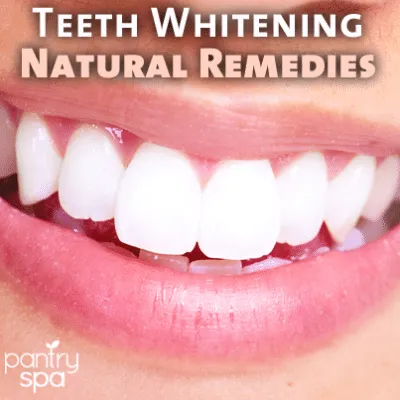
When preparing the whitening paste, start with a small amount of baking soda—a teaspoon is often sufficient. Add a few drops of lemon juice, just enough to form a paste. The consistency should be thick but not too dry. Avoid using too much lemon juice, as the acidity can be damaging. Mix the ingredients thoroughly until you achieve a uniform texture. It is very important to use fresh lemon juice instead of pre-bottled lemon juice, as the latter often contains preservatives that can harm the enamel. Make sure to use a non-metal bowl and utensil for mixing. This will prevent any reaction between the ingredients and the metal, ensuring the paste’s effectiveness and safety. Always prepare the paste just before you use it. It is not recommended to store the mixture for later use. Discard any leftover paste after each application, to ensure that you are always working with fresh ingredients.
Application Techniques
When applying the paste, use a soft-bristled toothbrush. Gently dip the brush into the paste, picking up a small amount. Brush your teeth using gentle, circular motions. Avoid applying too much pressure or scrubbing vigorously. The goal is to remove surface stains. The process should last for no more than two minutes. Avoid getting the paste on your gums, as it can cause irritation. After brushing, rinse your mouth thoroughly with water to remove all traces of the paste. After rinsing, you can also brush your teeth with regular fluoride toothpaste to help remineralize your enamel and protect against sensitivity. It is very important to monitor your teeth for any signs of damage or sensitivity. If you experience any discomfort or adverse effects, stop using the paste immediately. Consistent and careful application techniques are crucial to minimize the risks associated with this method.
Frequency of Use
The frequency with which you use baking soda and lemon juice for teeth whitening is essential to avoid potential damage to your teeth. It is generally recommended to use this method sparingly, perhaps once a week or even less frequently. Overuse can lead to enamel erosion and increased sensitivity. If you notice any changes in your teeth, such as increased sensitivity or a change in their appearance, reduce the frequency or discontinue use. You should never use this method daily. It’s also important to consider other factors, such as your overall oral health and the type and severity of stains on your teeth. The frequency of use may need to be adjusted based on these factors. Always prioritize the health of your teeth and consult with a dentist for personalized guidance. They can help determine the appropriate frequency for your situation.
Aftercare for Your Teeth
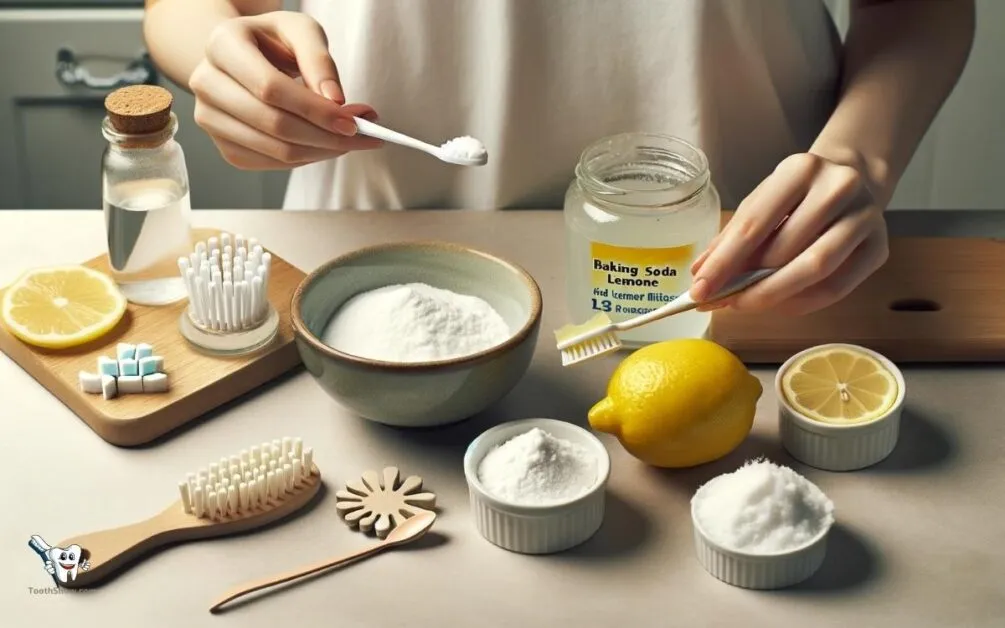
After using baking soda and lemon juice for teeth whitening, proper aftercare is crucial to protect your teeth and minimize potential risks. First, rinse your mouth thoroughly with water to remove all traces of the paste. Then, brush your teeth with a fluoride toothpaste. Fluoride helps remineralize the enamel and protect against sensitivity. Avoid eating or drinking anything acidic for at least 30 minutes after whitening. This can help prevent further erosion of your enamel. Consider using a fluoride mouthwash to strengthen your teeth. Maintain a consistent oral hygiene routine, including brushing twice a day and flossing daily. Regularly visit your dentist for checkups and cleanings. Discuss any concerns or changes you notice in your teeth with your dentist. Proper aftercare is very important for maintaining the health and appearance of your teeth.
Alternatives to Baking Soda and Lemon
If you’re looking for alternatives to baking soda and lemon juice for teeth whitening, there are several options that may be safer and more effective. The key is to choose methods that prioritize your dental health. These alternatives offer a range of options, from professional treatments to over-the-counter products. Consulting with a dentist is recommended to determine the best approach based on your individual needs and oral health. This will help you achieve a brighter smile while minimizing the risk of any adverse effects. These alternatives are often more reliable and safer than DIY methods and can provide more consistent and long-lasting results. If you are not comfortable with DIY methods, consider the following professional and over-the-counter alternatives.
Professional Teeth Whitening
Professional teeth whitening is one of the most effective and safest ways to brighten your smile. Dentists use professional-grade bleaching agents, such as hydrogen peroxide, in higher concentrations than those found in over-the-counter products. The dentist can customize the treatment to your specific needs and monitor the process to ensure the safety and effectiveness of the procedure. Professional teeth whitening typically involves either in-office treatments or custom-fitted trays that you use at home under the supervision of your dentist. In-office treatments provide immediate results, while at-home trays offer a more gradual whitening process. Your dentist will perform an oral examination before the procedure to ensure your teeth and gums are healthy. This is very important to minimize the risk of complications. Professional teeth whitening is a reliable and safe option for achieving a brighter smile while minimizing the risk of potential harm.
Over-the-Counter Whitening Products
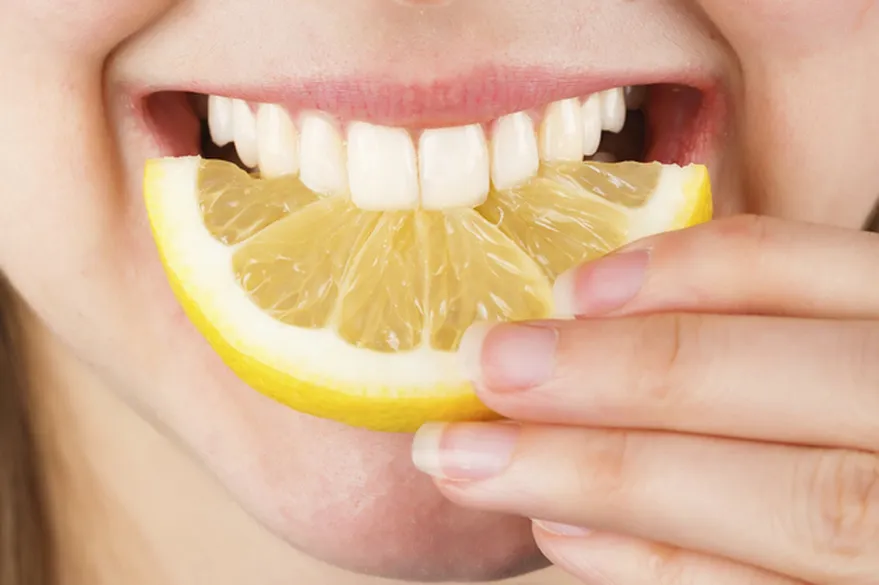
There are a variety of over-the-counter teeth whitening products available, including whitening toothpastes, strips, and gels. Whitening toothpastes typically contain mild abrasives and chemicals that help to remove surface stains. Whitening strips and gels use peroxide-based bleaching agents to lighten the teeth. These products are generally safer than DIY methods. The products are manufactured with controlled concentrations of active ingredients. Always follow the instructions carefully when using these products to minimize the risk of tooth sensitivity and gum irritation. Look for products that have been approved by dental organizations, such as the American Dental Association, to ensure their safety and effectiveness. Before using over-the-counter products, read the labels carefully and consult with your dentist if you have any concerns. Over-the-counter products are usually an excellent alternative for those looking to improve the appearance of their teeth without professional intervention.
